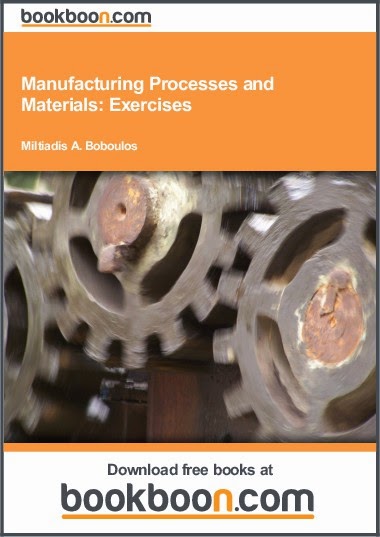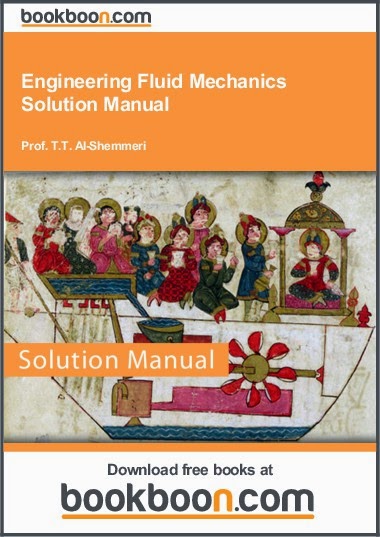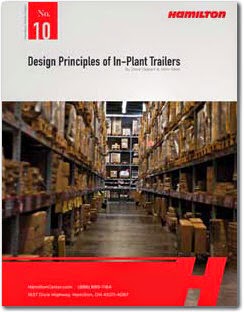Tuesday 28 October 2014
Wednesday 22 October 2014
Hi New! Humidity Theory eBook.

- What is Humidity?
- Effects of pressure and temperature on relative humidity.
- Capacitive sensor technology.
- Wet bulb/dry bulb technology.
- Other measurement technologies.
- How to choose the right technology for your application.
Friday 17 October 2014
Hi Cold Chain: Best Practices & Innovations & More...,



Maximize Global Supply Chain Visibility - FREE white paper.
- An industrial company achieved inventory savings of 20%
- A global CPG leader increased forecast accuracy by 25%
- An apparel company saw a 3% improvement in delivery performance

Building Environmentally Responsible Supply Chains.

Postpone product customization and get a jump on demand.

23 Ways to Improve Projects.

.jpg)
Wednesday 15 October 2014
Hi World Trade Center 7 Report Puts 9/11 Conspiracy Theory to Rest.
Conspiracy theorists have long claimed that explosives downed World Trade Center 7, north of the Twin Towers. The long-awaited report from the National Institute of Standards and Technology (NIST) conclusively rebuts those claims. Fire alone brought down the building, the report concludes, pointing to thermal expansion of key structural members as the culprit. The report also raises concerns that other large buildings might be more vulnerable to fire-induced structural failure than previously thought.



.jpg)
.jpg)
.jpg)
.jpg)
Tuesday 14 October 2014
Hi Realizing the Supply Chain of the Future.
Hi Technical article: users' guide to adhesives from Intertronics.
Friday 10 October 2014
Hi Overcoming the Challenge of the Polar Vortex.
Hi Research report: the state of research management and capacity planning.
.jpg)
.jpg)
.jpg)
.jpg)
Hi Rockefeller Brothers Fund evaluates clean-tech and sustainability investments.
.jpg)
.jpg)
.jpg)
Thursday 9 October 2014
Hi Design Principles of In-Plant Trailers.

Wednesday 8 October 2014
Hi Top 5 investment opportunities for GCC nations in Africa.

.jpg)

.jpg)
.jpg)

.jpg)
Hi Popular Posts
-
Hi Key Steps to Improving the Customer Experience through Business Process Management (BPM). *Competing effectively in today's...
-
The Hi World's Best Engineering Schools!. 50. San Francisco State University San Francisco State University scored a 2...
-
Hi In pictures "A": 20 hotels under construction. 1 Of 21 Hilton Riyadh Hotel & Residence. Set to open next y...
-
Hi It# Modern Engineered Warfare Centuries Beyond The Rise & Fall Of Empires!!!. Commemorating engineers' role in WW1!. ...
-
Hi Grinding Advice You Probably Didn’t Know!. Here are some additional reasons why you should not even need gloves when working on gri...
-
Hi Dual Core Whitepaper Download!. Discussing the most pressing issues and innovative solutions in the industry!. Mersen Pioneer...
-
Hi Prefab Skyscrapers Reach for the Heavens Reshaping HVAC! Da Vinci Tower! Dubai!. Keeping an eye on the future is an important pa...
-
1000s-1400s This was a period of Greeks, Romans, Egyptians, Chinese and of course the Indians. While Egyptian’s used to use man powered...
-
Hi Top 5 Hazards for Coal Mine Ventilation Engineers and Officers! : Mines are dangerous places to work in, which has been emp...
-
Hi Clean, Hi Hygiene! How To Keep Your Air Ducts Clean! Hi Domestic HVAC Focus! Part 1: View below the main key " 4 Reas...
Search Hi E Community
Hi Definitions of disaster types.
Sudden natural | Long-term natural | Sudden human-made | Long-term human-made |
Avalanche
Cold wave
Earthquake Aftershock Floods
Flash flood Dam collapse
Volcanic eruption Glowing avalanche Heat wave
High wind cyclone Storm Hail Sand storm Storm surges Thunder storm
Tropical storm Tornado Insect infestation Landslide Earth flow Power shortage Tsunami and tidal wave
| Epidemics
Drought
Desertification Famine Food shortage or crop failure
| Structural collapse
Building collapse
Mine collapse or cave-in Air disaster Land disaster
Sea disaster Industrial/technological accident Explosions Chemical explosions
Nuclear explosion or thermonuclear explosions Mine explosions
Pollution Acid rain Chemical pollution Atmosphere pollution Chlorofluoro-carbons (CFCs) Oil pollution Fires Forest/grassland fire
| National (civil strife, civil war)
International (war-like encounters)
Displaced population Displaced persons Refugees
|






.jpg)






.jpg)

.jpg)
.jpg)







.jpg)


.jpg)
.jpg)